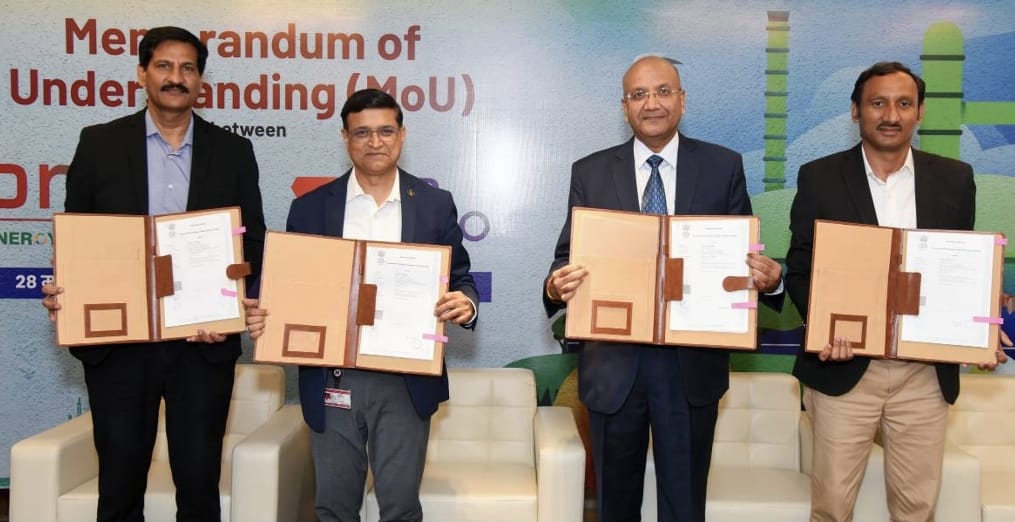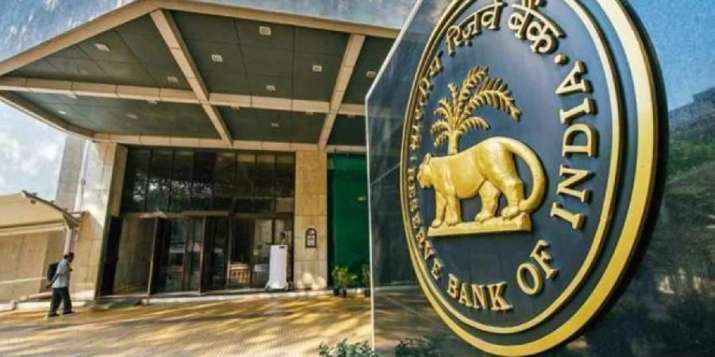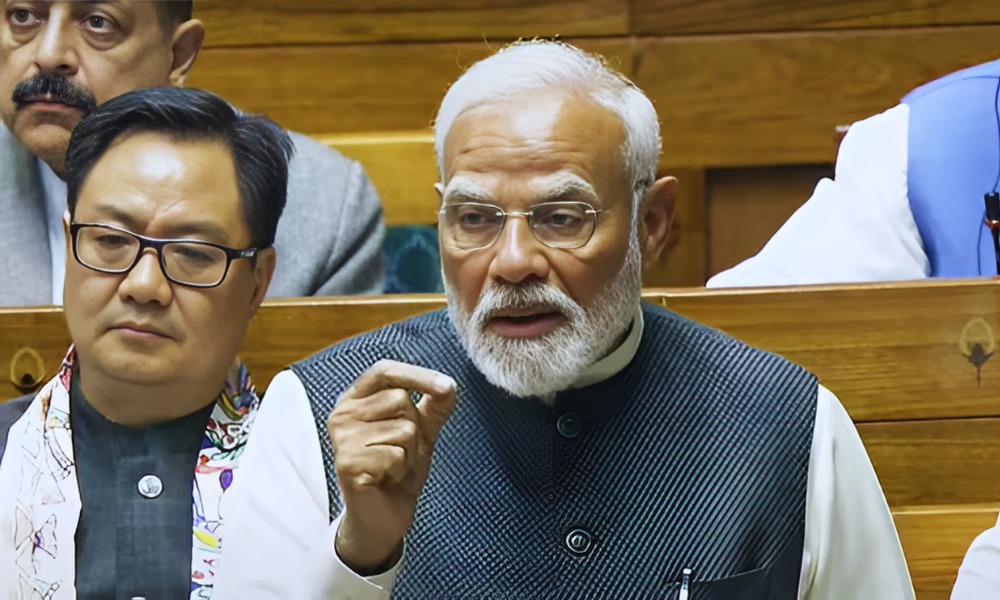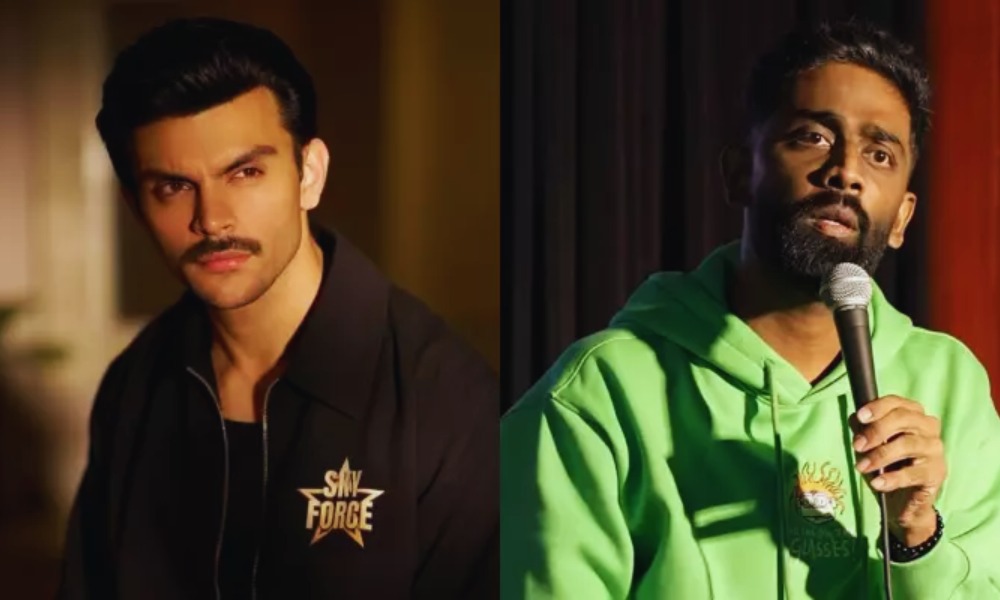Emergency Review: A Flawed Attempt at Capturing Indira Gandhi’s Legacy
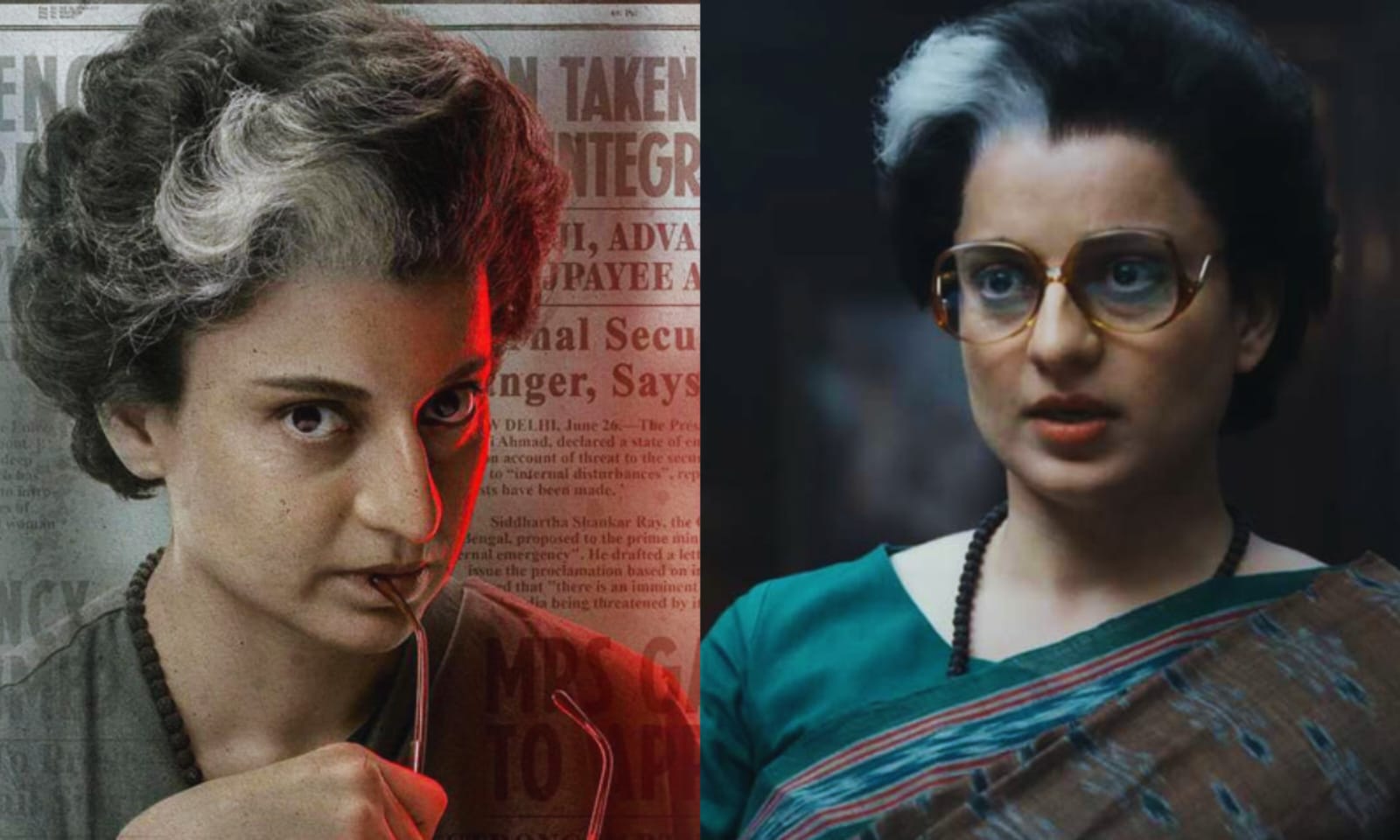
Two elements stand out prominently in the delayed and chaotic “Emergency.” First, Kangana Ranaut, both director and lead actress, claims credit for the film’s story.
This acknowledgment hints at fictional embellishments in this subjective depiction of Indira Gandhi’s life.
Second, the film indulges in whimsical dramatizations, including a surprising musical sequence involving political figures like Jayaprakash Narayan, Atal Bihari Vajpayee, and Field Marshal Sam Manekshaw (played by Milind Soman).
This song, linked to the 1971 war and Bangladesh’s liberation, stretches the limits of belief.
Blurring History and Drama
The film portrays the turbulent period of India’s internal emergency, employing exaggerated strokes to depict the events. Ritesh Shah’s screenplay opts for a cradle-to-the-grave approach, hastily exploring Indira Gandhi’s early years and later life.
This superficial treatment undermines the weight of the historical context.
While focusing on Indira Gandhi’s thirst for power and her son Sanjay Gandhi’s influence, the film oscillates between her downfall and eventual comeback post-1977.
The narrative is riddled with broad dramatizations, veering between hysteria and over-simplification.
Dramatic Liberties and Disclaimers
The film includes an unusually long disclaimer, acknowledging its reliance on specific books and expert opinions while admitting to creative liberties.
Despite this, liberties with documented events are apparent, raising questions about historical accuracy.
In one scene, Indira’s childhood is depicted as troubled due to her aunt Vijaya Lakshmi Pandit’s mistreatment of her mother, Kamala Nehru.
Her relationship with her father, Jawaharlal Nehru, is portrayed as contentious. Such dramatizations reduce complex relationships to simplistic narratives.
A Character Reduced to Caricature
Kangana Ranaut’s portrayal of Indira Gandhi, marked by physical mimicry like streaked hair and prosthetics, fails to capture the essence of the formidable leader.
Indira Gandhi is depicted as indecisive and frail, contradicting her historical image as the “Iron Lady of India.” The famous line “Indira is India, India is Indira,” wrongly attributed to her in the film, emphasizes her perceived hubris but overlooks her nuanced personality.
Supporting Characters and Their Depictions
The film’s supporting characters are similarly reduced to caricatures. Anupam Kher as Jayaprakash Narayan, Shreyas Talpade as Atal Bihari Vajpayee, and Satish Kaushik as Babu Jagjivan Ram deliver performances constrained by a shallow script.
Political figures are given exaggerated traits, turning the narrative into a clash of caricatures.
Indira’s son Sanjay Gandhi is portrayed as a significant influence, shouldering blame for controversial policies like the Turkman Gate demolitions and population control campaigns.
His interactions with Sikh extremist Jarnail Singh Bhindranwale are also dramatized.
Historical Moments Overshadowed
Key events like Indira Gandhi’s arrival in Belchhi, a pivotal moment in her political resurgence, are underwhelmingly depicted.
The film’s titular focus on the Emergency—a defining period of Indian democracy—is given surprisingly little depth.
Major political movements, including Jayaprakash Narayan’s “sampoorn andolan” and George Fernandes’s “rail roko abhiyaan,” receive scant attention.
Visuals and Cinematic Execution
The film’s technical aspects, including cinematography by Tetsuo Nagata, fail to leave an impact. Despite Nagata’s credentials, the production’s limitations restrict the visual narrative.
A musical sequence featuring Field Marshal Manekshaw and parliamentarians singing adds an unintentional absurdity.
Missed Opportunities
“Emergency” falters in its portrayal of a significant historical era. By prioritizing dramatic liberties over nuanced storytelling, the film struggles to do justice to Indira Gandhi’s complex legacy.
Kangana Ranaut’s performance, while earnest, is overshadowed by a script lacking cohesion and depth.
“Emergency” serves as an example of how not to approach a biographical drama, particularly one rooted in contemporary history.
The film’s inconsistencies and oversimplifications dilute its potential to offer meaningful insights into one of India’s most tumultuous political chapters.
While it acknowledges multiple perspectives in its disclaimer, the execution leaves much to be desired, making the film a missed opportunity for impactful storytelling.

